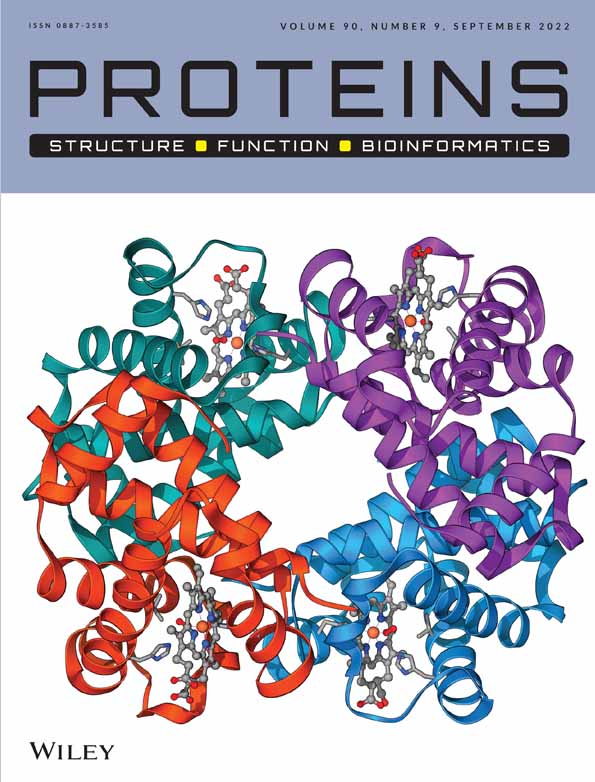Integrated bioinformatics–cheminformatics approach toward locating pseudo-potential antiviral marine alkaloids against SARS-CoV-2-Mpro
Shasank S. Swain and Satya R. Singh contributed equally to this study.
Funding information: Indian Council of Medical Research
Abstract
The emergence of the severe acute respiratory syndrome coronavirus-2 (SARS-CoV-2) with the most contagious variants, alpha (B.1.1.7), beta (B.1.351), delta (B.1.617.2), and Omicron (B.1.1.529) has continuously added a higher number of morbidity and mortality, globally. The present integrated bioinformatics–cheminformatics approach was employed to locate potent antiviral marine alkaloids that could be used against SARS-CoV-2. Initially, 57 antiviral marine alkaloids and two repurposing drugs were selected from an extensive literature review. Then, the putative target enzyme SARS-CoV-2 main protease (SARS-CoV-2-Mpro) was retrieved from the protein data bank and carried out a virtual screening-cum-molecular docking study with all candidates using PyRx 0.8 and AutoDock 4.2 software. Further, the molecular dynamics (MD) simulation of the two most potential alkaloids and a drug docking complex at 100 ns (with two ligand topology files from PRODRG and ATB server, separately), the molecular mechanics/Poisson-Boltzmann surface area (MM/PBSA) free energy, and contributions of entropy were investigated. Then, the physicochemical-toxicity-pharmacokinetics-drug-likeness profiles, the frontier molecular orbitals energies (highest occupied molecular orbital, lowest unoccupied molecular orbital, and ΔE), and structural–activity relationship were assessed and analyzed. Based on binding energy, 8-hydroxymanzamine (−10.5 kcal/mol) and manzamine A (−10.1 kcal/mol) from all alkaloids with darunavir (−7.9 kcal/mol) and lopinavir (−7.4 kcal/mol) against SARS-CoV-2-Mpro were recorded. The MD simulation (RMSD, RMSF, Rg, H-bond, MM/PBSA binding energy) illustrated that the 8-hydroxymanzamine exhibits a static thermodynamic feature than the other two complexes. The predicted physicochemical, toxicity, pharmacokinetics, and drug-likeness profiles also revealed that the 8-hydroxymanzamine could be used as a potential lead candidate individually and/or synergistically with darunavir or lopinavir to combat SARS-CoV-2 infection after some pharmacological validation.
CONFLICT OF INTEREST
The authors declare no competing interests.
Open Research
DATA AVAILABILITY STATEMENT
All data are openly available in public repository sources, cited adequately, and complete information is available in the reference section or by request to the corresponding author for the full paper.




